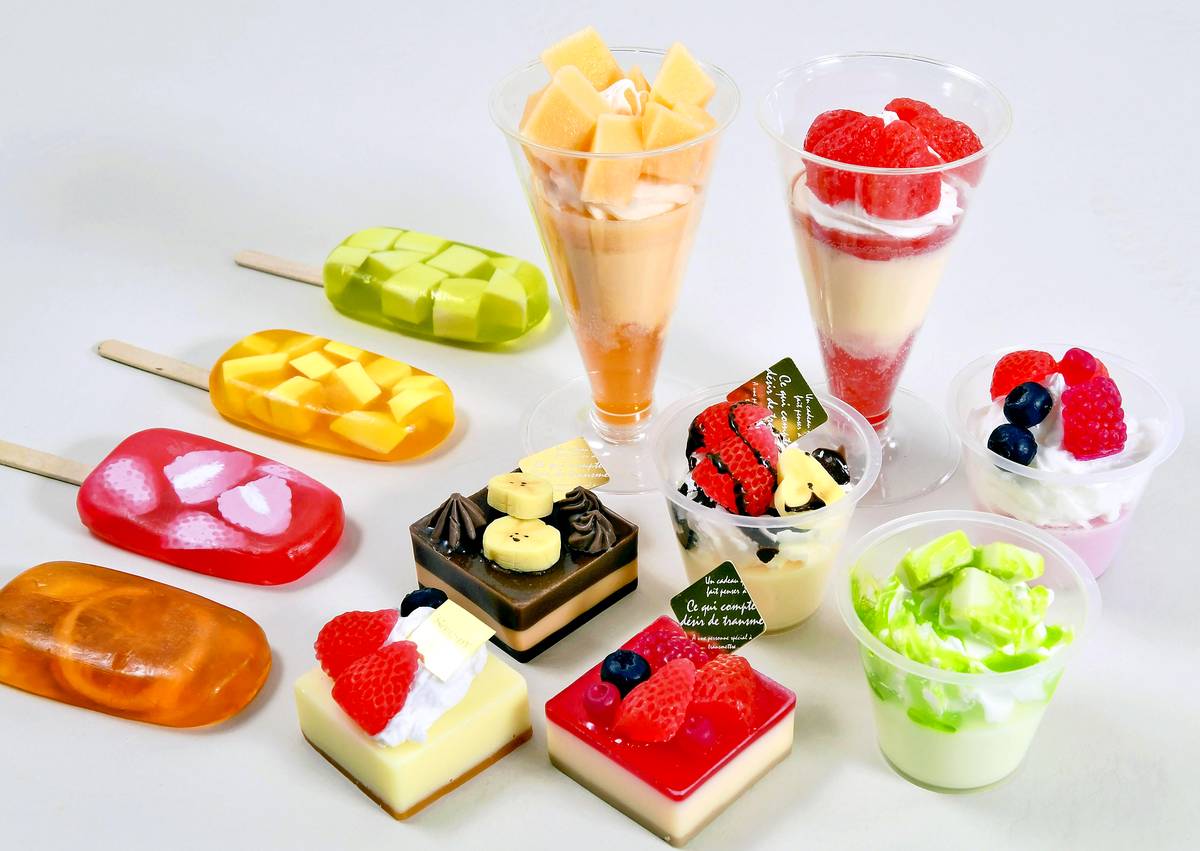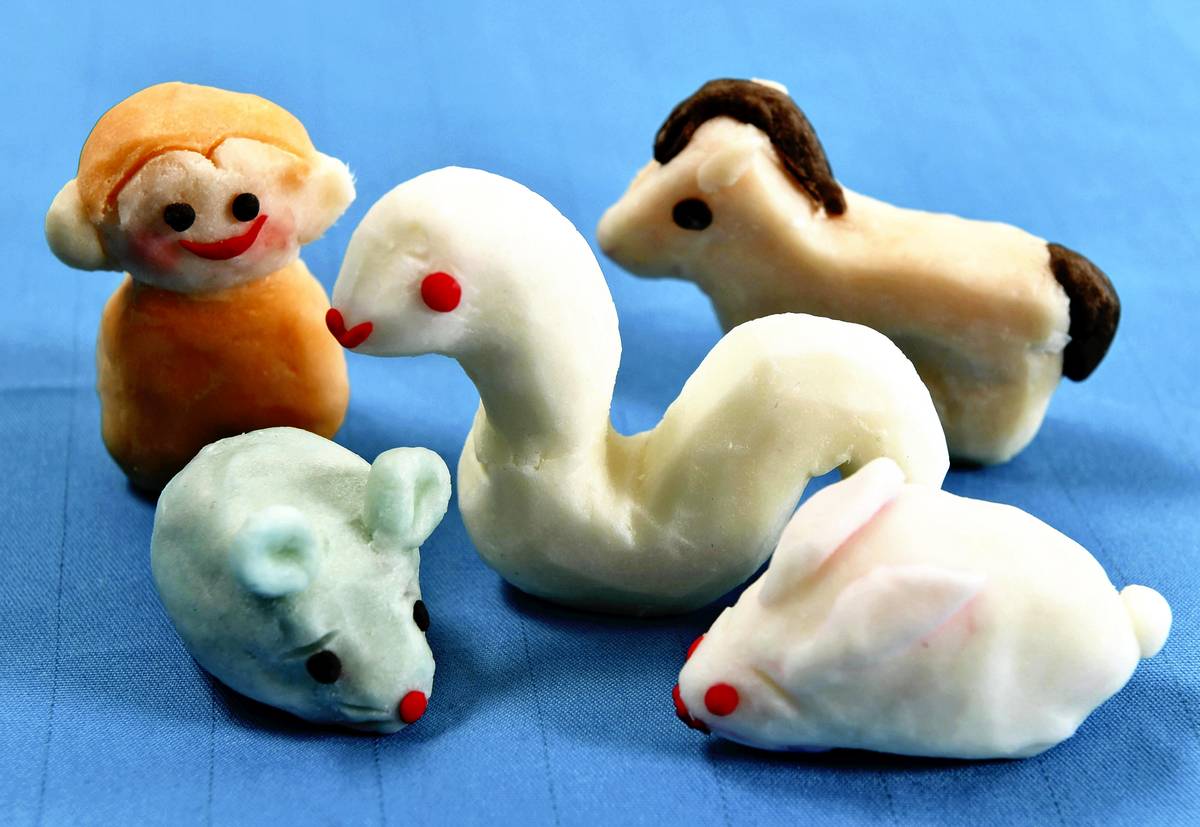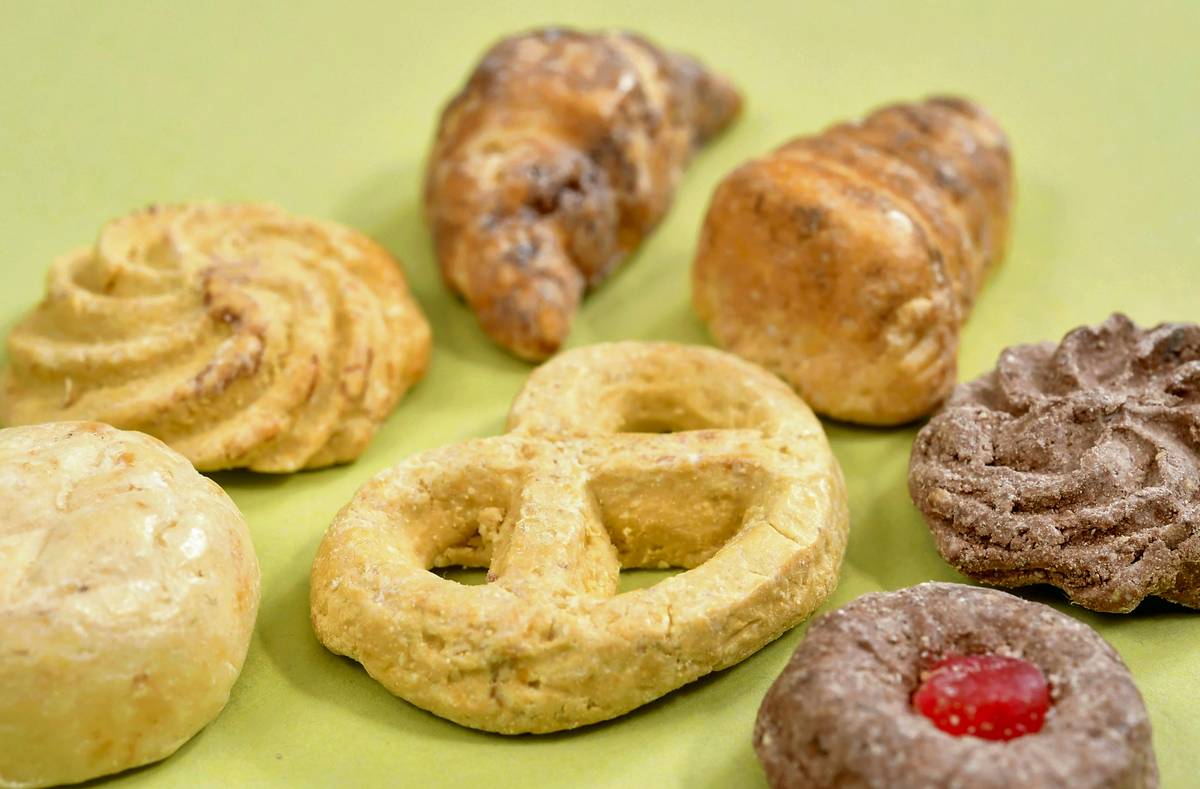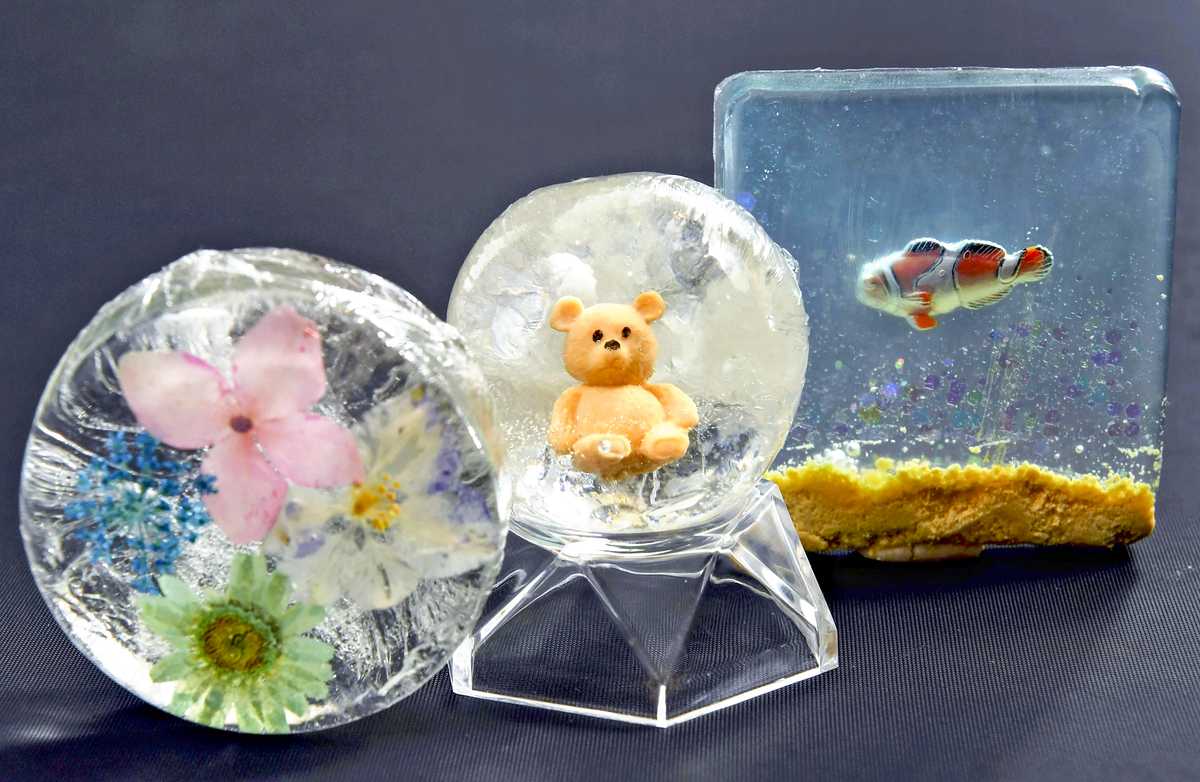ANN/THE JAPAN NEWS – Colourful cakes, popsicles and parfaits — all looking good enough to eat — are actually soap. Their realistic designs and textures are achieved by melting soaps and pouring them into molds, or kneading them like clay.
“With soap art we can make various things out of soaps that can actually be used, which makes the craft interesting and inspiring,” said Hisako Matsuzaki, 39, a soap artist. She has created more than 1,000 art soaps over the past 15 years. She holds soap art classes, which she says are also popular among international tourists.
Born in Chiba Prefecture in 1985, Matsuzaki is the representative director of the Japan Design Soap Association. After graduating from university, she joined a trading company in Tokyo and later struck out on her own. In 2017, she founded the association and currently works to develop certified soap art teachers.

A major ingredient for art soaps is M&P soap, or glycerin soap, which is a commercially available and colorless soap base. To make handmade art soap, finely chop the soap base and then melt the pieces. Pour the soap into a paper cup, add pigments or fragrance and mix.
Then, pour the mixture into a silicone mold and refrigerate until hardened. Remove from the mold and sculpt using a knife. After that, your art soap is done.
According to Matsuzaki, the craft is beginner-friendly.
With a powdered soap base, commonly called “soap powder,” you can make art soaps by kneading, like with dough for bread or cakes.
Add water or oil to the soap powder. Then, form a shape by kneading the mixture or forcing it into a shallow mold. If you drop in pigments and lightly knead, it will create a marble pattern.
“To make art soaps that look realistic, you have to get creative with the textures,” she said. For example, she mixes oil, water or glycerin with a soap ingredient to create a dry or moist appearance. Looking at her cookie and bread soaps, the dough-like and browned textures are well-recreated. The animal soaps are also adorable, such as a snake soap made for the corresponding Chinese zodiac year.


“Since art soaps can be made with tools at home, parents can try making them together with their children. We get to enjoy these soaps twice: first by displaying them, then by using them as actual soaps,” she said.
Using in interior design
Soaps that display a small figurine can serve as a nice way to decorate interior spaces.
“Transparent soaps are used to make these art soaps, like amino acid soaps and glycerin soaps,” Matsuzaki said.
First, pour melted soap into any heat-resistant mold, allow it to cool a little and then add in a figurine. Let the soap rest until fully hardened.
For an ocean theme, color the soap blue and put in figurines like dolphins, clownfish, turtles and mermaids. Use soap powder for sand. If putting in pressed flowers, be sure to use amino soaps, as their mild acidity will prevent the flowers from changing color.
“If the item placed inside is also soap, you will be happier with the finished product,” she said.



